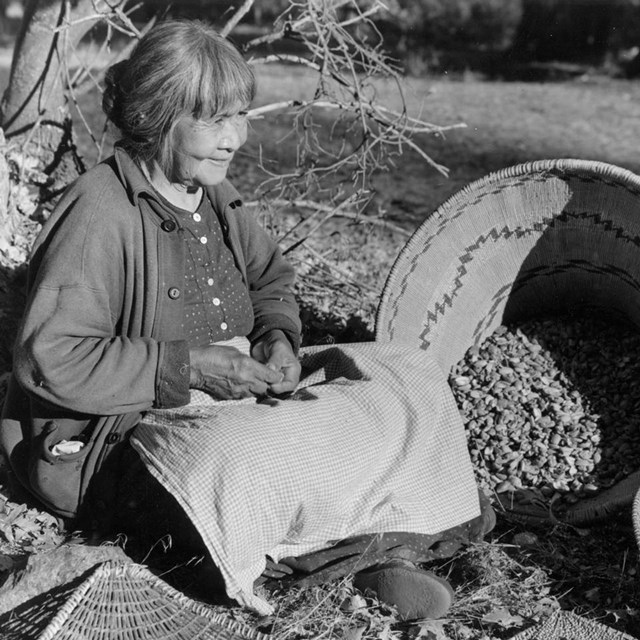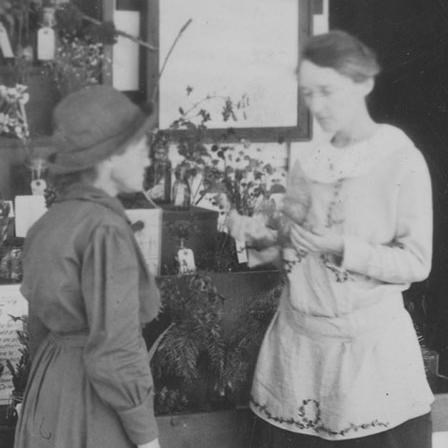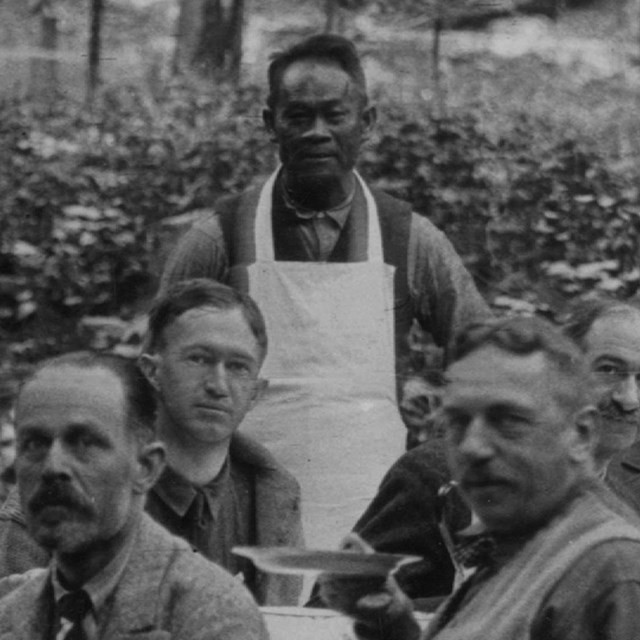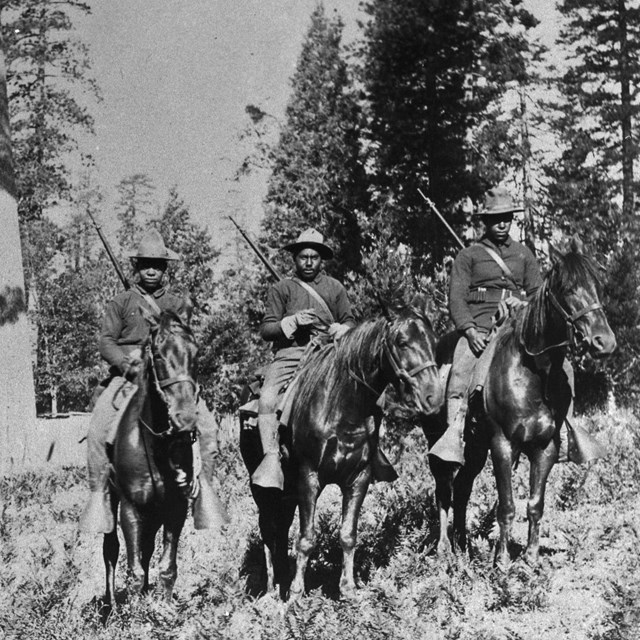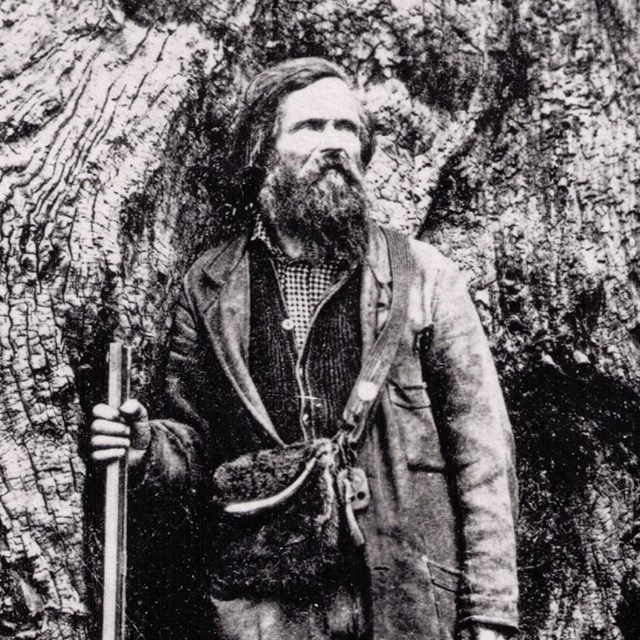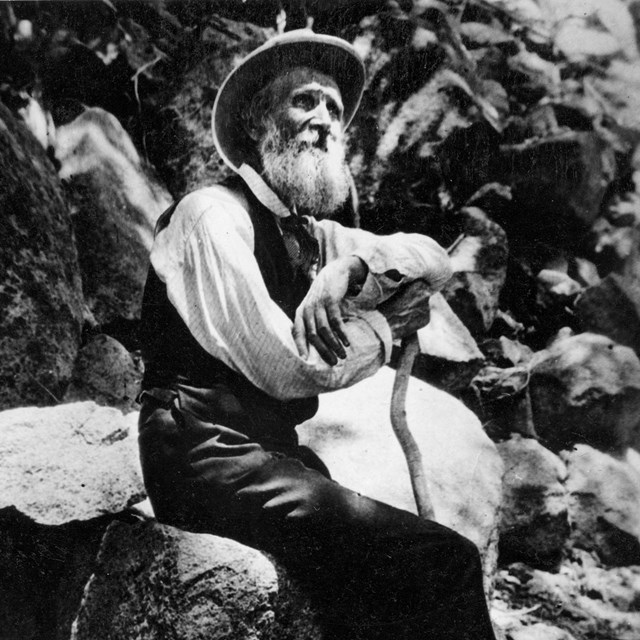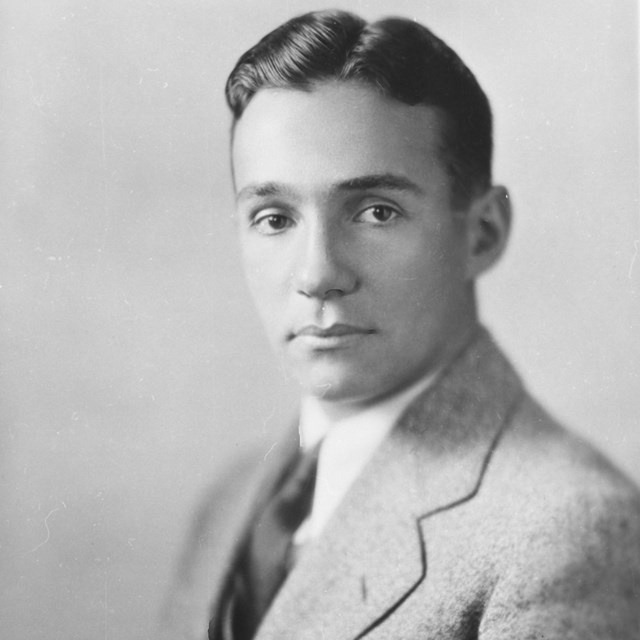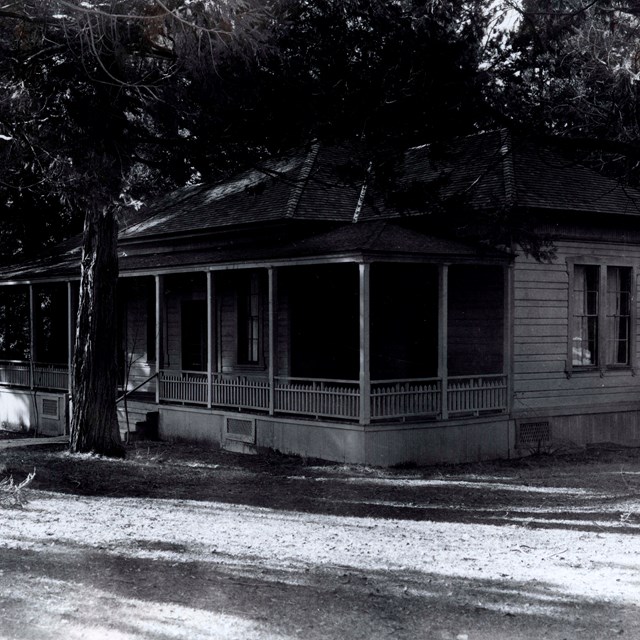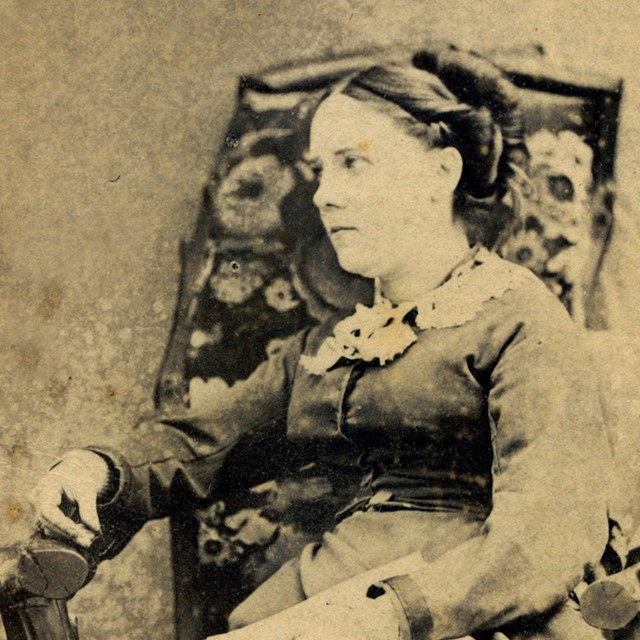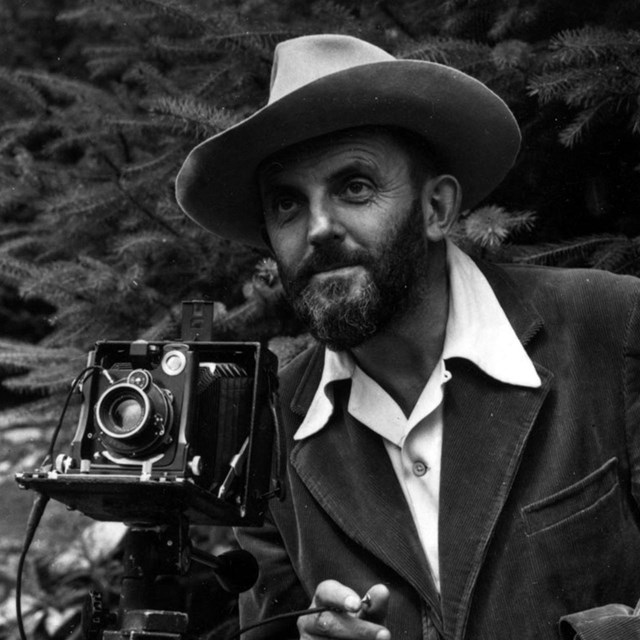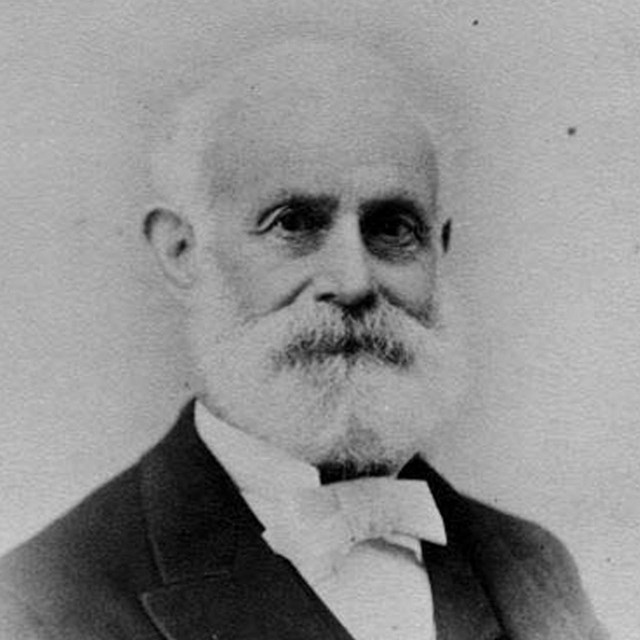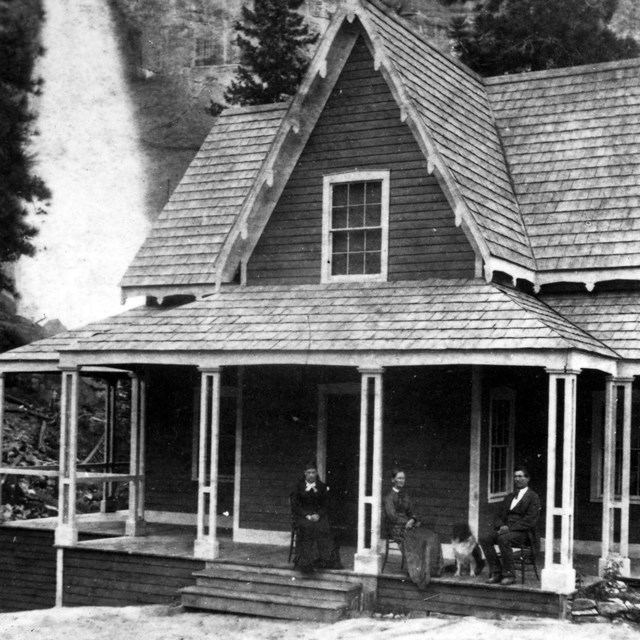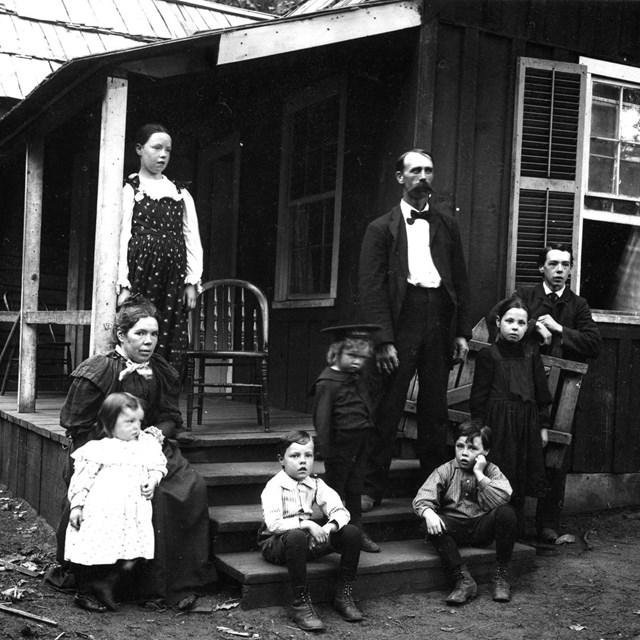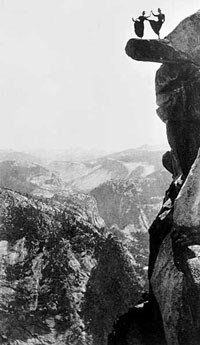
George Fiske
The history of people in Yosemite goes back thousands of years. American Indians traveled and used this area since Ice Age glaciers receded providing an environment for plants, animals, and people to survive. Their descendents remain a part of Yosemite’s history to the present day. In 1849, the discovery of gold in California meant new groups of people arriving in California. Competition for land and resources brought many of these groups into conflict, and, often, into violent confrontations. The first non-native group to enter Yosemite was the Mariposa Battalion, a Euro-American militia formed to drive the native Ahwahneechee people onto reservations. After the Mariposa Indian War came to a close, Yosemite was now open to settlement and speculation. Through the work of illustrators, authors, painters, and photographers, word spread of the magnificent valley in the heart of the Sierra Nevada and giant trees. Many pioneers became tourist operators, building hotels and inns and starting stagecoach companies to bring the interested early tourists on the long journey to Yosemite. By 1864, the value of Yosemite was recognized by the federal government when Abraham Lincoln signed the Yosemite Grant, placing Yosemite under the protection of the state of California. The growth of the national park and the surrounding areas has seen a large cast of characters. Some are famous worldwide, like John Muir and Ansel Adams, while others are significant at a smaller scale. Individual and group contributions to Yosemite abound and help shape how we learn about and experience the park today.
Cultural GroupsYosemite is and has always been shaped by a diverse array of groups, many of whom worked in unseen roles. Whether tending the land, caring for visitors' needs, or shaping park management, these stories left a lasting legacy around the park.
Naturalists and Park GuardiansAfter the forcible removal of American Indians from their role as caretakers to the land, Yosemite has long been the target of resource exploitation and the subject of much political debate. Ranger naturalists, conservationists, and even U.S. Army soldiers have all contributed to the protection of Yosemite's natural resources.
ArtistsYosemite's dramatic landscapes have inspired people to create art since time immemorial. Artists have inspired the continued protection and stewardship of Yosemite for over a century.
EntrepreneursIt did not take long after the first outsiders entered Yosemite Valley before it became clear that its stunning scenery would soon be a world-class tourist destination. The tourism business made its way not only to Yosemite Valley, but surrounding areas as well.
|
An official website of the United States government
Here's how you know
Official websites use .gov
A
.gov website belongs to an official government
organization in the United States.
Secure .gov websites use HTTPS
A
lock (
) or https:// means you've safely connected to
the .gov website. Share sensitive information only on official,
secure websites.

